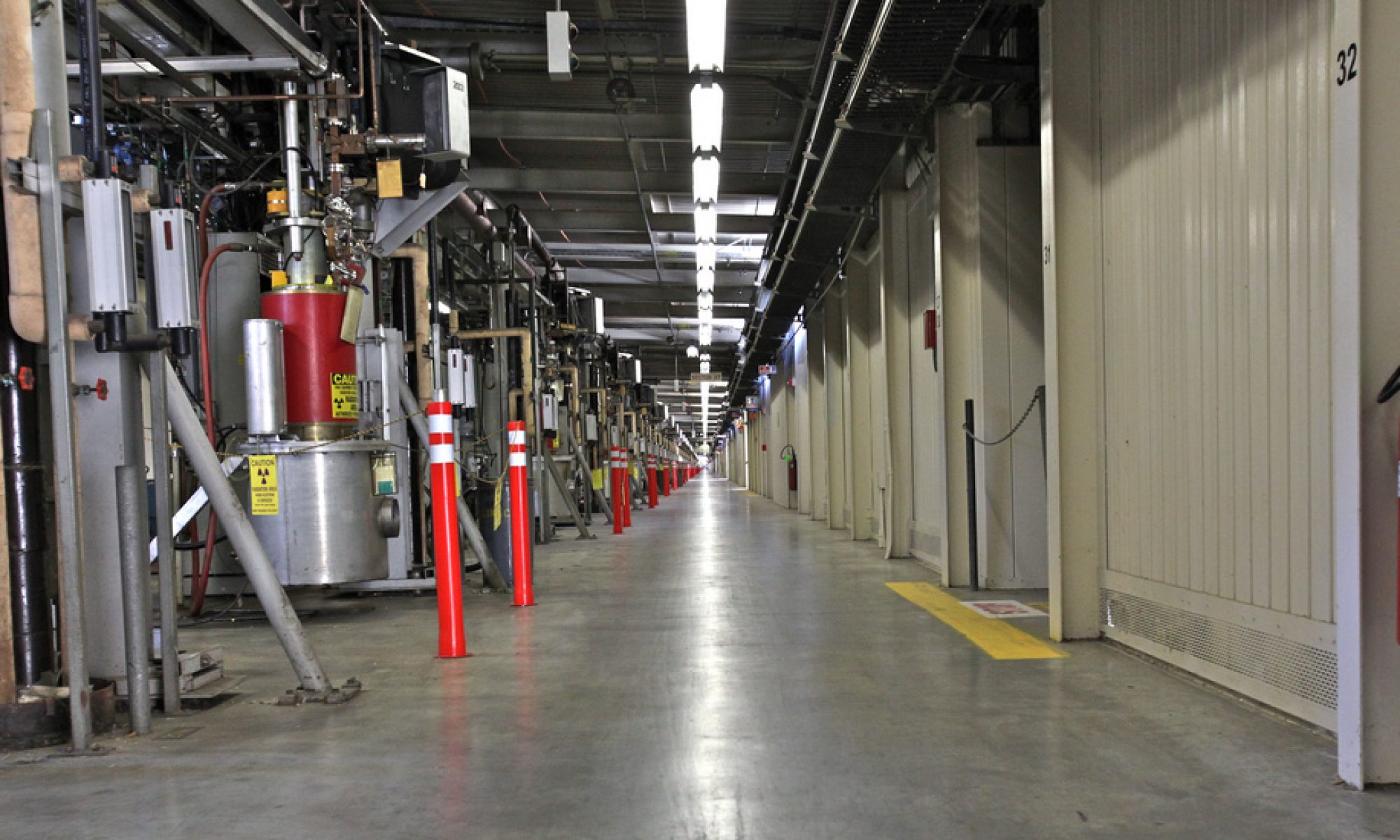I am pleased to announce that this fall, both Jodi and I will be joining the faculty at Southern Methodist University. I will be joining the ATLAS experiment at CERN and Jodi will expand her leadership role in dark matter experiments, starting with the SuperCDMS experiment. This is a big move for us, not just physically but also professionally. We’ll begin the arc of the rest of our careers, leading research while mentoring students and producing the next generation of leaders, and mapping the frontiers of our respective fields. We will teach, conduct research, work with our funding partners, and do all those other things that faculty do.
This week, I will begin to evolve into a role in ATLAS by attending a “jamboree” at Lawrence Berkeley National Laboratory (LBNL). This three-day workshop will be a chance for me to get to know some of my future colleagues, see current and old colleagues, and learn a LOT about what’s going on in just a part of the overall ATLAS portfolio. I have a vision for my future in ATLAS, but now is the time to add some bone and muscle to the meat of my thinking. I am very excited about this new collaborative opportunity, and am eager to learn so that I can eventually lead.
